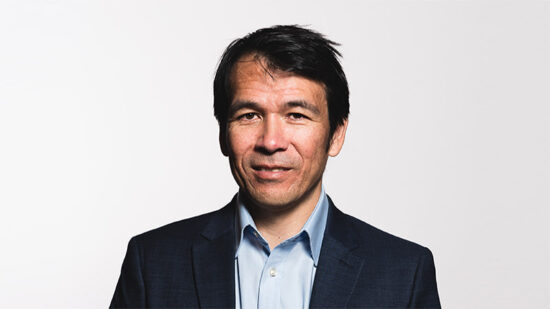The government made the announcement following a review that identified parts of the UK population are falling outside the auto-enrolment scheme that was first brought into force in 2012.
The main areas that are currently omitted from auto-enrolment are those below the current threshold age of 22-years-old, the self-employed and those who fall under the lower earnings limit of £5,876.
The government said it plans to bring in reforms to address these omitted areas, which is estimated to introduce 900,000 more young people to saving by 2020.
AJ Bell’s Tom Selby said the reforms could give a saver with average earnings auto-enrolled at 8% more than £50,000 ($66,600, €56,700) extra in their pension over 40 years.
Lowering the age
Rachel Vahey, product technical manager at Nucleus, said while automatic enrolment has worked to get a lot of people into saving for their retirement, some have been left out in the cold.
“Lowering the entry age to 18 and removing the lower band limit when calculating contributions are easy ways to make sure more, for example the lower paid or those who have two jobs, have the option to start saving for retirement,” Vahey said.
Director of external affairs as at the Pensions and Lifetime Savings Association (PLSA), Graham Vidler, also praised the age extension, saying it was an important step on the road to helping people save for retirement.
“We are particularly pleased to see government taking on board our proposal to reduce the age threshold from 22 years-old to 18 years-old as the earlier people start saving the better their retirement will be,” Vidler said.
“Indeed, the changes to the age threshold and the removal of the lower earnings limit would see someone who started saving at 18 years old build a pot of 15% more than someone who started saving at 22 years old,” he said.
Self-employed
The government acknowledged in the review that the number of self-employed joining pension schemes needs to be addressed and it committed to including the area in its reforms.
While they made this commitment, the government did not give any further detail as to what the inclusion would mean or look like for the self-employed.
Vidler said the PLSA’s response was that pilot projects with the self-employed would be the right way forward.
“Between 2001 and 2015, the number of self-employed people who contributed to a pension scheme fell from 1.1 million to 380,000 so it is vitally important that we tackle this challenge before it becomes even more serious,” he said.
Jon Greer, head of retirement policy for Old Mutual Wealth, said the government should consider a pension “sidecar”.
“[This is] a pool of money made accessible at any age in time of need,” Greer said.
When the government do announce the reforms, it will be important that they do “nudge” the self-employed into pension savings, Greer said, otherwise it is unlikely saving rates will increase.
“With the self-employed population rapidly growing and set to outstrip the number of public sector workers by 2020, it is admirable that the government is tackling the issue,” he said.








